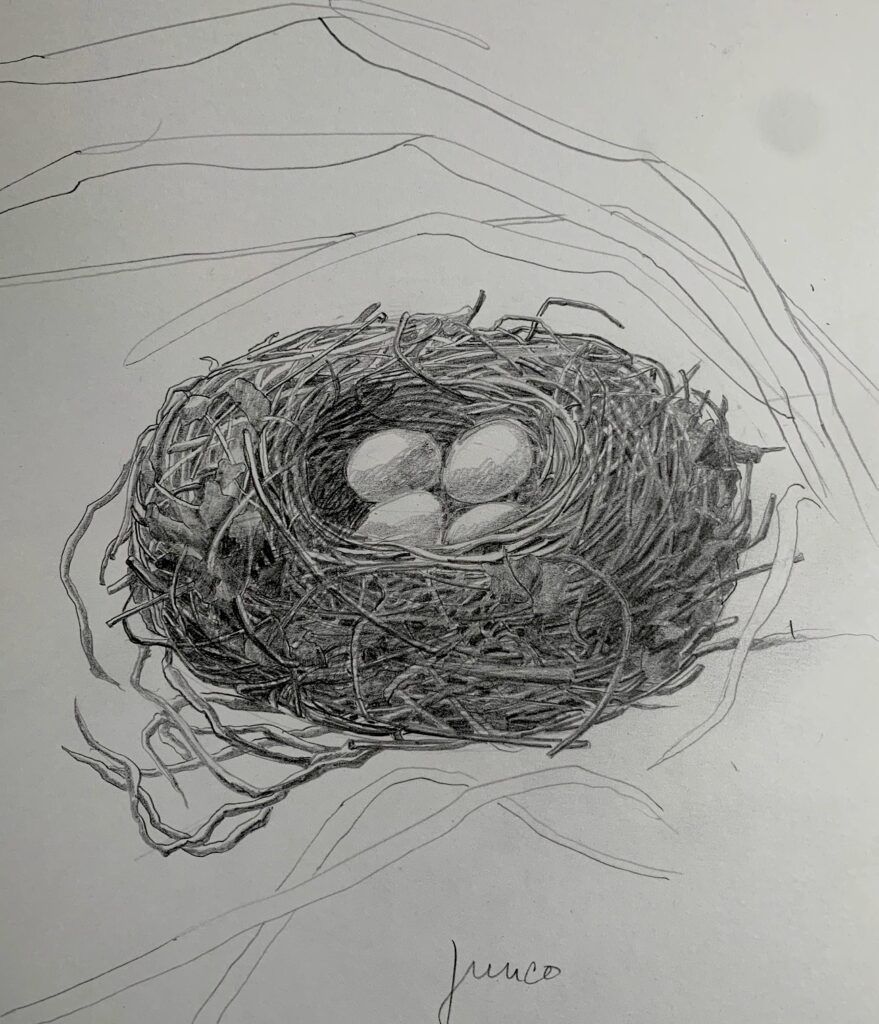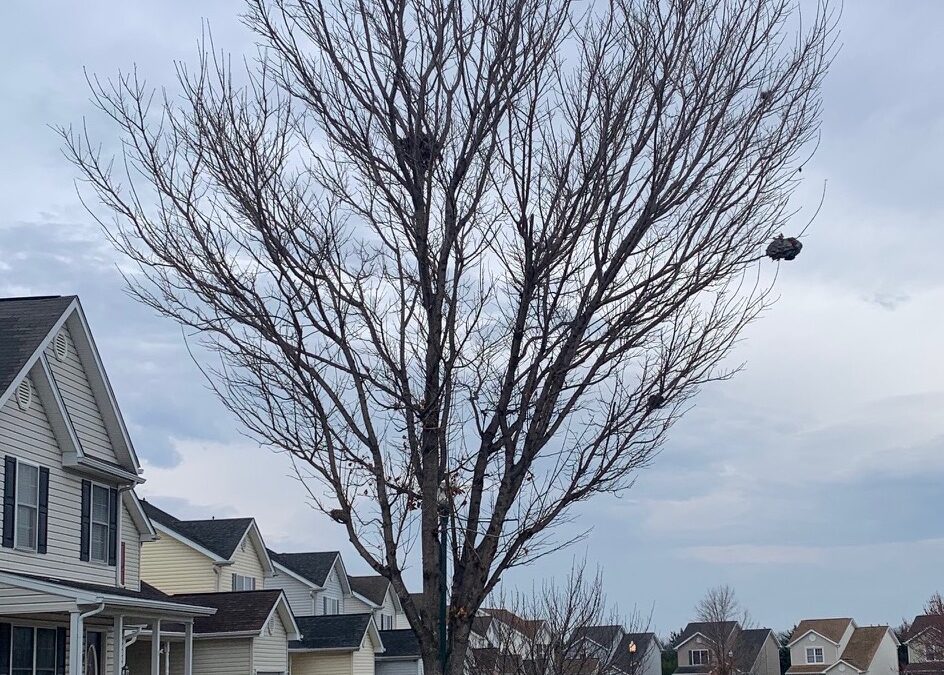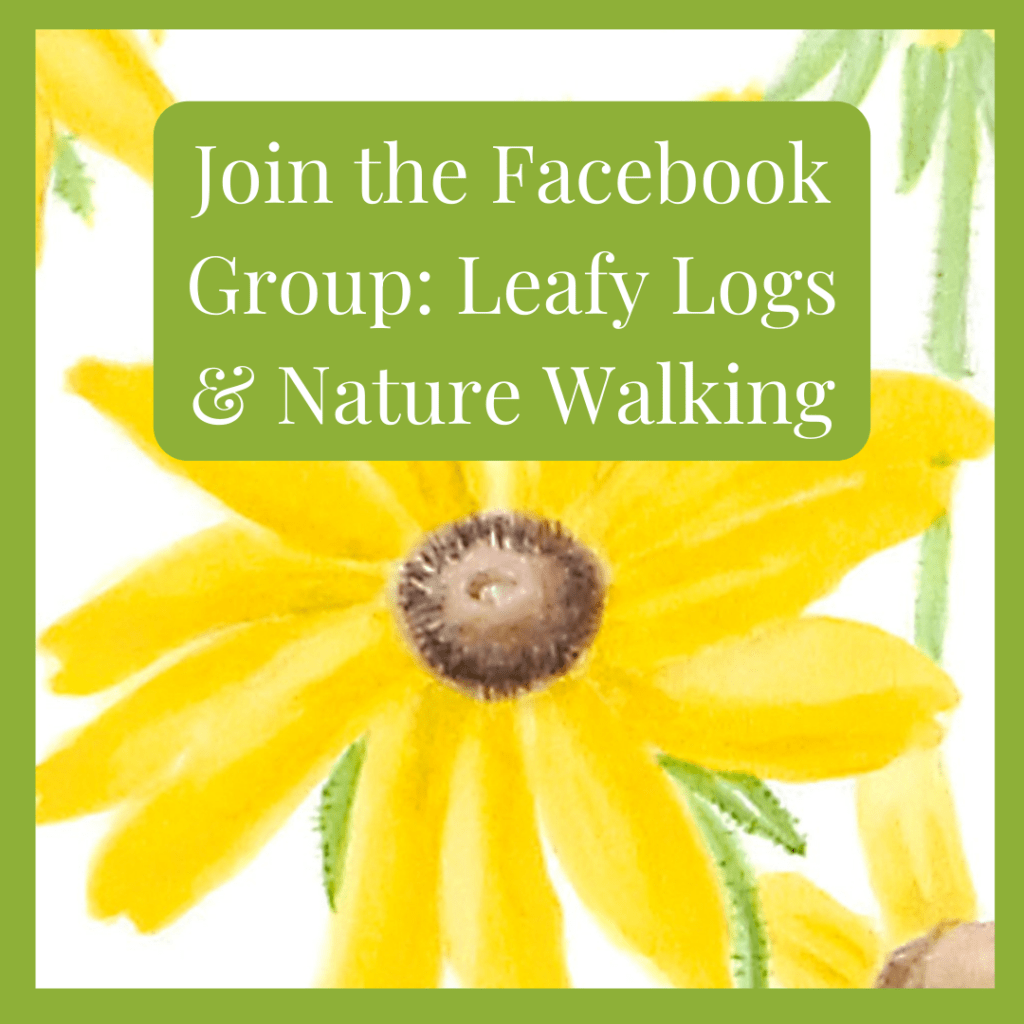With the trees still bare in most places, it’s a good time to notice last year’s birds’ nests. This tree is on a street in a 2005 housing development. This tree was probably planted when the new house was built. Notice that there are 3 small nests in the branches, 1 large nest and a paper wasp’s nest.
The large nest may have been built by bluejays or even by squirrels. I looked up bluejay nests in Nestwatch.org, but I am still not sure whether this nest was built by bluejays. There are also three small nests in the tree. This tree is surely the site of affordable bird housing.
Whose nests are the smaller ones? You can search pictures of birds nests at the Cornell Lab of Ornithology Nest Watch (https://nestwatch.org/learn/focal-species/). It looks a little crowded, especially with the broken down paper wasp nest so close. The paper wasps must certainly have been unwelcome neighbors for the birds as well as for the people living nearby.
Unless we could see into the nests, I don’t know any way of identifying them. Birds do have distinctive building styles, but they are not identifiable from below. Robins use mud with their twigs, which may help identify a robin’s nest. But otherwise, we will have to wait and see whether the birds return again. Some birds will reuse a nest and some birds won’t.
Many birds nest on or near the ground. That makes avoiding them a little hazardous. Of course, they are vulnerable to farm machinery. They are also in danger from dogs and almost all other predators, such as snakes and cats. The little juncos that hop around my deck in the winter will build a nest on the ground. The killdeer I heard the other day in the nearby parking lot will also lay eggs on the ground. Many other birds also nest on the ground.

No wonder bird parents are feeding their babies in a fury and trying to get them fledged and into the air as soon as possible. One reason not to follow birds to their nests is to help the parents keep their babies hidden from predators.
Bird parents also need plenty of food. Some of that food must be insects in order that the youngsters have enough protein to develop properly. Consequently, raising moth and butterfly larvae in the area around birds’ nests is very important to their survival. Some birds eat other kinds of insects. Hummingbirds will catch mosquitoes for their young. Larger birds may catch adult butterflies, dragonflies and beetles. Insect larvae are full of protein rich easily-digested protein ideal for babies.
This is another reason to provide native flowers and plants in your garden. It helps the birds to feed their young. Baby birds require a lot of insects early in the year. In the north birds probably only raise one family during the summer season. But farther south, they may have two families each summer. Your garden is the equivalent of their grocery store. Be sure to stock up insect protein for bird babies.
Birds have lots of hazards. I love having them flying about and eating at my feeder. So I want to give them as much protection and encouragement as possible. Who would have believed that there were 4 nests in that one tree? I think this neighborhood needs more trees. It looks like overcrowding to me.


